
Stories of daring, stories of technological feats, stories of prevailing against the odds ... these are the stories we tell at the National Air and Space Museum. Dive in to the stories below to discover, learn, and be inspired.
Showing 31 - 40 of 43

July 18, 2017
Showers, baths, swimming: these are all experiences most of us take for granted on Earth. There's nothing quite like experiencing the cool touch of water from the shower or jumping into a pool on a hot day. Gravity is what makes all of these experiences possible—it pushes that cool and refreshing water off your back and into the drain.
But all that changes in space. The lack of gravity causes water and soapsuds to stick to everything.

July 13, 2017
It’s not every day that an astronaut invites you to Johnson Space Center in Houston, Texas, to work with and film them training. But that’s exactly what Randy “Komrade” Bresnik did for the STEM in 30 team. In the following months we’ll be sharing his journey with you as he travels to the International Space Station (ISS) on Expeditions 52 and 53.
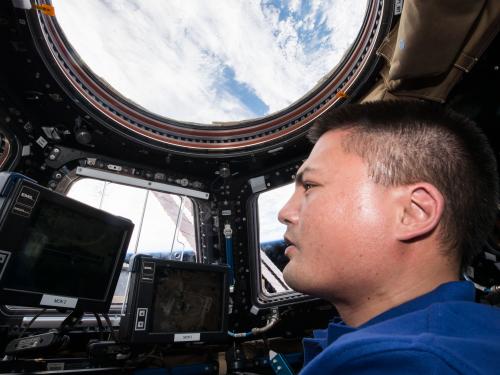
December 04, 2015
It’s not a typical afternoon at work when you answer the phone and hear, "Hey, Dr. Neal. It's Kjell Lindgren calling from the International Space Station." Thus began a 15-minute surprise call from the ISS Expedition 44-45 NASA astronaut. Lindgren just wanted to say that he had with him the Museum flag and Gemini IV patch that he borrowed to take in his personal preference kit. He had unpacked them and shot some photos in the cupola for us. "I'm looking forward to bringing those back to you once I get back from my mission," he said.
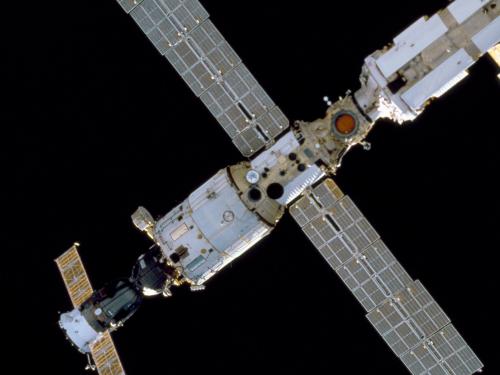
August 19, 2015
Through the commotion of a very successful July which included the New Horizons mission to Pluto, the 40th anniversary of the Apollo-Soyuz Test Project, the 46th anniversary of Apollo 11, and the Museum’s very first Kickstarter project, there is one anniversary that we may have inadvertently overlooked. In July, the Zvezda (Russian for “star”) module of the International Space Station (ISS) celebrated 15 years in orbit.

November 27, 2014
“Pass the turkey, please.” “Do you have room for dessert?” The elements of a traditional Thanksgiving meal are passed around in plastic pouches instead of platters and bowls, but the spirit of this holiday in space is the same as at home. Gathered around (or over!) a makeshift table, crewmates have celebrated Thanksgiving on Skylab, the Space Shuttle, the Russian Mir space station, and the International Space Station (ISS).
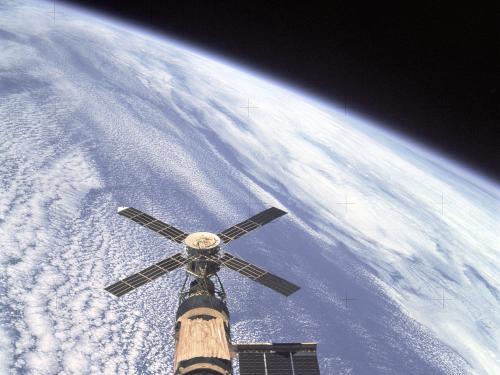
July 11, 2014
Thirty-five years ago, on July 11, 1979, the first US space station fell out of orbit. It wasn’t a surprise or an error, nor was it a calamity. It was more like an intense meteor shower—sparkling and momentary—as Skylab entered the atmosphere. Very little of this spacecraft as large as a house was ever found on the ground.

March 22, 2014
Bill Pogue may be best known as an astronaut who served on America’s Skylab space station and author of the book he titled with the perennial question astronauts are asked to answer, How Do You Go to the Bathroom in Space?

April 05, 2011
On the morning of March 2, I got an excited text message from fellow astronomy educator Shelley Witte, telling me that the International Space Station (ISS) and Space Shuttle Discovery would be coming very close to transiting the Sun from our position at the National Air and Space Museum’s Public Observatory at exactly 3:08 pm.
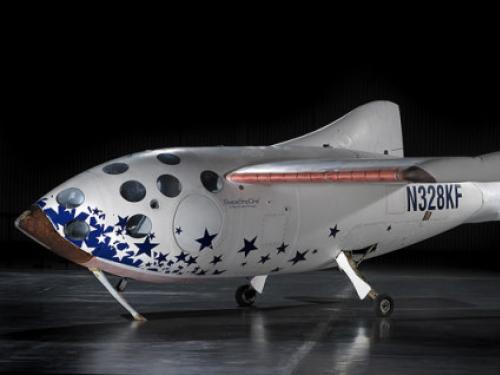
December 30, 2010
As the first decade of the twenty-first century comes to a close what might we consider the ten most important events in space exploration and discovery?
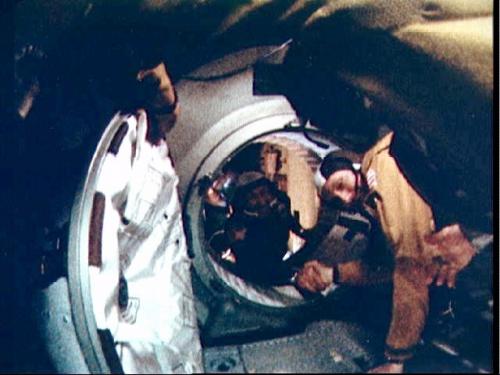
July 26, 2010
The Apollo-Soyuz Test Project (ASTP) was the famous “Handshake in Space.” ASTP was the first American-Soviet space flight, docking the last American Apollo spacecraft with the then-Soviet Soyuz spacecraft. This joint effort between the two major world players was based on an agreement signed in 1972, and it set a precedent for future joint efforts, such as the Shuttle-Mir Program and the International Space Station.
